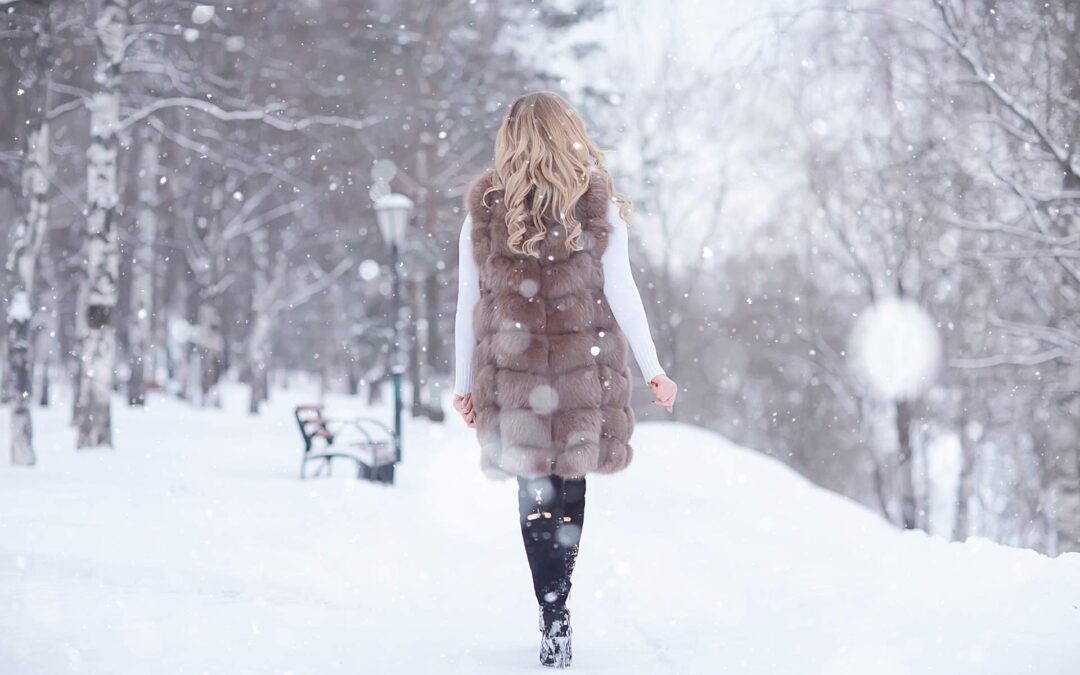I recently traveled to a place where the temperature in the winter can get as low as -60 degrees Fahrenheit (which, interestingly, is the same temperature in Celsius, since the Fahrenheit and Celsius scales meet at -40 degrees). The trees that dominated the landscape there were white and black spruce, and paper birch. If you go to their only Costco out of curiosity, you will find things I have never seen at my local Costco, such as hand warmers, bear spray in bulk, and emergency food supplies. I had so many questions, but my biggest interest, as a therapist, was how people managed to survive the harsh winter… not just physically, but emotionally. I chatted with every local I found, driven by both my new fascination with this place and by unquenchable curiosity, and, from my multiple unofficial interviews, here is the data I collected. Why would that matter to someone in Nashville, TN? Great question. Maybe it would, and maybe it wouldn’t, but that’s for the reader to find out.
1. Preparation
In anticipation of the well below freezing temperatures here, preparing for the winter is a matter of survival. This means gathering your winter gear, winterizing your car, using “happy lights” (lamps that mimic natural sunlight when the days are long and dark), canning and preserving food, freezing food supplies, stocking up on vitamin D supplements, making any necessary home repairs or cleaning out your house, etc. This reminds me of a passage from my favorite book, Wintering, by Katherine May:
“Plants and animals don’t fight the winter; they don’t pretend it’s not happening and attempt to carry on living the same lives that they lived in the summer. They prepare.
They adapt. They perform extraordinary acts of metamorphosis to get them through. Winter is a time of withdrawing from the world, maximising scant resources, carrying out acts of brutal efficiency and vanishing from sight; but that’s where the transformation occurs. Winter is not the end of the life cycle, but its crucible”.
2. Community
When the temperature hits -60 degrees outside, the concept of interdependence becomes tangible. You rely on your neighbors to get through. Interestingly enough, for a lot of the folks I “interviewed”, this often included acts of kindness that require them to put aside their differences, because if you help out your neighbor today, they might help you tomorrow when you need it (note that this is not in a “I’m only helping you because of what you can do for me” situation, but a broader mutual understanding of being neighborly to survive, more like a “we’re all in this together” vibe). This takes not only understanding interdependence, but seeing shared humanity. I would be curious to know how this practice alone could impact mental health outcomes.
3. Find something that takes you outside
What?! In this weather?! Yep. A lot of people shared with me that finding a winter outdoor activity or sport had given them a reason to get outside, a routine or some predictability, a sense of community, connection with nature, and something fun to do. For one particular person who had moved here a few years back and was not used to this kind of weather, this was the remedy they found for their winter blues.
So there you have it. These were the top 3 answers I got from the handful of people I talked to who generously offered me their time and wisdom, and who patiently answered all my questions. While there may not be a lot of outdoor winter activities in Nashville, maybe going for a snowy walk (just make sure you wear boots with a good grip) or having a snowball fight can suffice. And we may not need all of the winter preparations mentioned above because our temperatures don’t ever get anywhere near that cold, but we can prepare in other ways, such as getting out our winter clothes, “winterizing” our car, eating nourishing food, making plans for the winter to be in community, finding a hobby, and having a coping skill toolbox.

